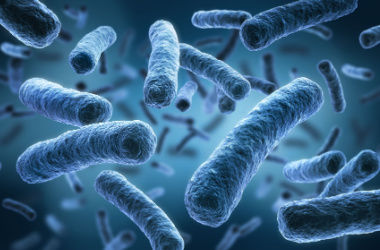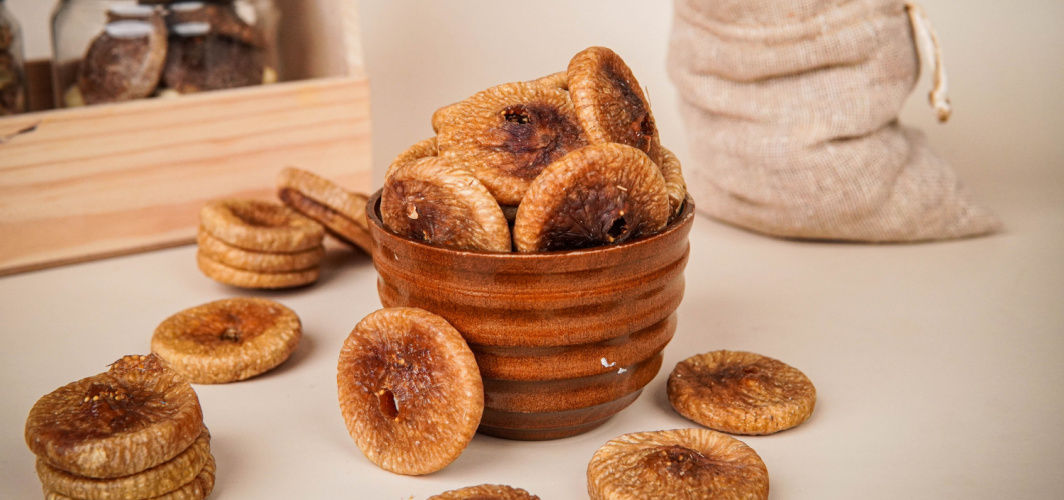General Health
10 Interesting Facts About Poop You Didn’t Know
5 min read
By Apollo 24|7, Published on - 09 September 2022, Updated on - 22 June 2023
Share this article
0
74 likes

Poop is not something we would like to discuss, but we all think about it occasionally. We often wonder: Why is my poop in that colour? Why is my poop in that shape? We've got the answers to all your pressing questions about poop — including what's expected, what's not, and when you should see a doctor. Read on to learn everything you ever wanted (and maybe didn't want) about this most natural of human functions.
What Does Poop Mean?
Poop, also called stool or faeces, combines undigested food, bacteria, mucus, and cells lining the intestine. As food travels through your digestive system, your body breaks it into smaller pieces. When it reaches the large intestine (also called the colon), most nutrients (vitamins, minerals, proteins, carbohydrates) get absorbed into the bloodstream. What's left is primarily indigestible matter, including fibre, mucus, cells from the lining of the intestine, and bacteria.
The average person produces about a quart of poop each day. Generally, poop is soft and formed. However, it can also be hard, lumpy, watery (like diarrhoea), and dry (like small pellets). The colour can range from yellowish brown to greenish brown.
What Causes Poop to Change Colour?
Poop gets its colour from bile, a yellow-green fluid that helps digest fats. Bile is produced in the liver, stored in the gallbladder, and released into the small intestine when fat enters the digestive system.
As bile moves through the intestines, it changes from green to brown. This happens because bacteria in the large intestine help break down bile pigments. If you have a viral infection or food poisoning that causes diarrhoea, your poop may be watery, light-coloured, dark, and sticky.
Certain medications — such as antacids and antibiotics — can also cause changes in stool colour. And eating lots of leafy greens or other foods with green dyes can give your poop a greenish tint.
In most cases, the change in the colour of stool is temporary, and it goes back to normal in a few days. However, if you have severe abdominal pain or blood in poop, black poop, or green poop, consult a doctor immediately, as these could be signs of a serious medical condition.
Interesting Facts About Poop
Here are some other interesting facts about poop that you may not know:
1. Poop is mostly water.
The solid parts of the stool are made up of indigestible food matter, bacteria, mucus, and dead cells but around 70% of it is water.
2. There are a lot of bacteria in the poop.
Poop contains trillions of bacteria, which help keep our digestive system healthy by breaking down food and absorbing nutrients. Some bacteria also produce vitamins we need for good health, such as vitamin K.

3. The average person poops seven times a week.
Most people poop between three to 21 times a week, according to a 2013 study. However, the frequency of bowel movements varies from person to person and depends on factors like diet and activity level.

4. Poop is heavier than you think.
A single gram of dry stool can weigh up to 500 grams when wet. Water makes up a large portion of stool, about 75%.
5. Your poop says a lot about your health.
Your stool's colour, texture, and smell can give clues about your health. For example, green, yellow, or black poop may be a sign of an infection, while very hard stool may be a sign of dehydration.
6. Poop can be used as fertilizer.
Poop contains nutrients that plants need to grow, such as nitrogen and phosphorus. Some farmers use manure — dried and composted animal faeces — to fertilize their crops.
7. There's a "perfect" poop shape.
The ideal stool is long and sausage-shaped with smooth, soft edges. It should be easy to pass without being too hard or soft as floating poop. This type of stool is a sign of a healthy digestive system.
8. Poop can tell you a lot about your diet.
What you eat can affect your stool's colour, texture, and smell. For example, eating lots of green vegetables can give stool a greenish colour. On the other hand, foods high in fat may make your stool float to the top of the toilet bowl or give it a greasy appearance.
9. Poop can be used to diagnose diseases.
Doctors often use stool samples to test for infections, such as bacterial gastroenteritis or parasitic infections. Stool tests can also screen for colon cancer and other digestive system diseases.
10. There's a "right" way to poop.
According to experts, the best position for pooping is with your knees higher than your hips and your feet planted firmly on the ground. This position helps you relax your pelvis and rectum muscles, making it easier to pass stool.

Poop may not be the most pleasant subject, but it's interesting. Understanding this essential bodily function can better appreciate its role in our overall health. Talk to your doctor if you're having trouble going to the bathroom or if your stools are much harder or softer than usual. They can help you figure out what's causing the problem and recommend treatment. The treatment will depend on the cause of your symptoms, but it may include changes in diet, medications, or other treatments.
Need more information,
Medically reviewed by Dr Sonia Bhatt.
General Health
Leave Comment
Recommended for you

General Health
Know About Hernia and Its Connection With Obesity
Obesity is one of the leading causes for major health concerns. Read this blog post to know how obesity is connected to hernia and how to prevent hernia formation.

General Health
6 Amazing Health Benefits Of Anjeer
Discover the various uses and benefits of anjeer (figs) and learn about any potential side effects.

General Health
Scrub Typhus: Cause, Symptoms, Treatment, Prevention
Scrub typhus is a bacterial infection characterized by symptoms such as high fever, headache, and rash, with severe cases potentially leading to organ failure. Prevention involves insect repellents and hygiene measures, as there is no vaccine available. Early diagnosis and medical attention are crucial to reduce the risk of complications.
Subscribe
Sign up for our free Health Library Daily Newsletter
Get doctor-approved health tips, news, and more.
Visual Stories

Plant-based Foods That Are a Great Source of Iron
Tap to continue exploring
Recommended for you

General Health
Know About Hernia and Its Connection With Obesity
Obesity is one of the leading causes for major health concerns. Read this blog post to know how obesity is connected to hernia and how to prevent hernia formation.

General Health
6 Amazing Health Benefits Of Anjeer
Discover the various uses and benefits of anjeer (figs) and learn about any potential side effects.

General Health
Scrub Typhus: Cause, Symptoms, Treatment, Prevention
Scrub typhus is a bacterial infection characterized by symptoms such as high fever, headache, and rash, with severe cases potentially leading to organ failure. Prevention involves insect repellents and hygiene measures, as there is no vaccine available. Early diagnosis and medical attention are crucial to reduce the risk of complications.